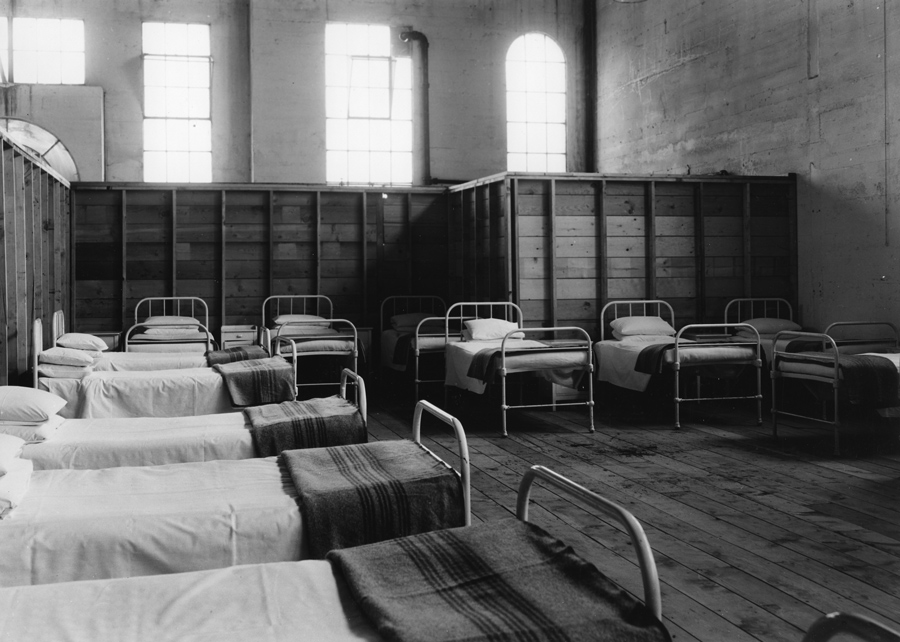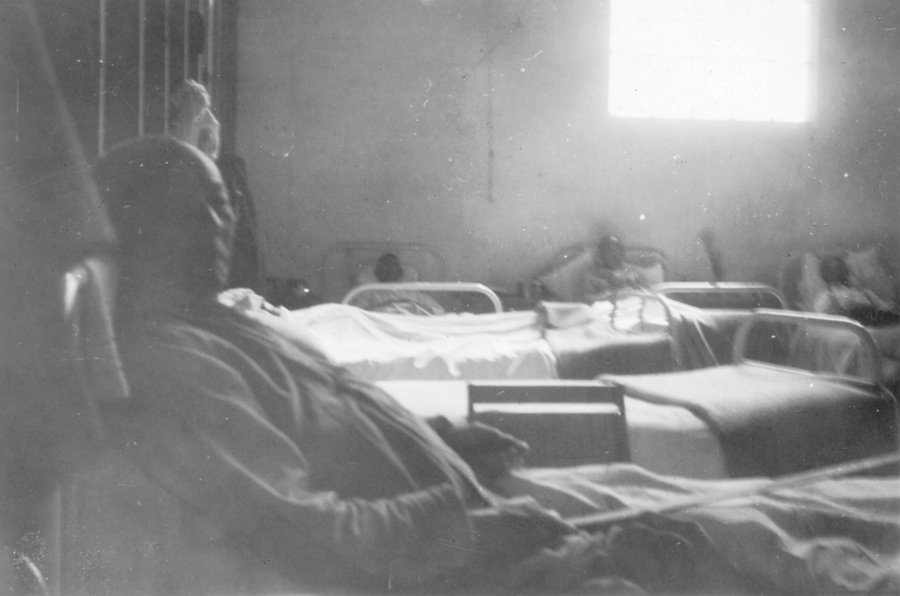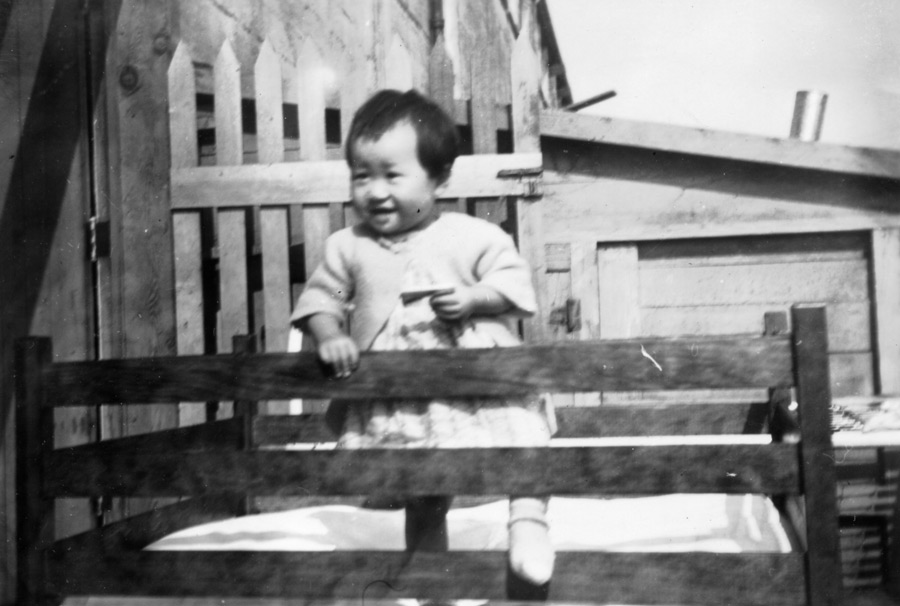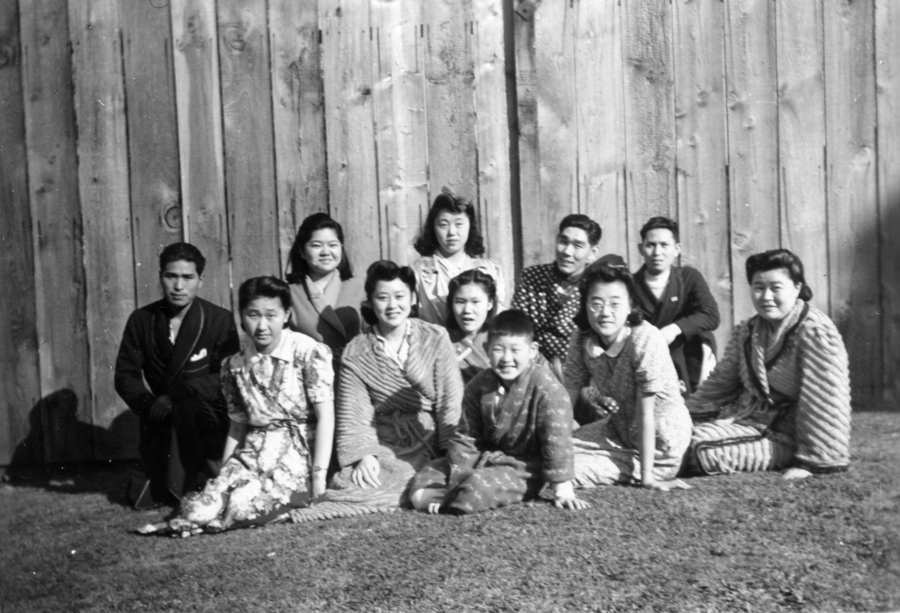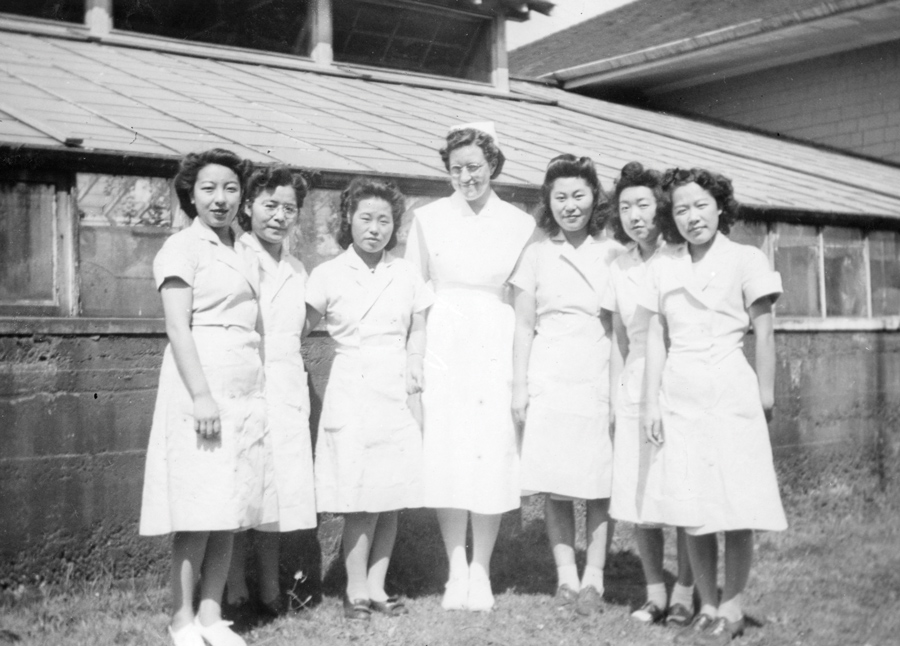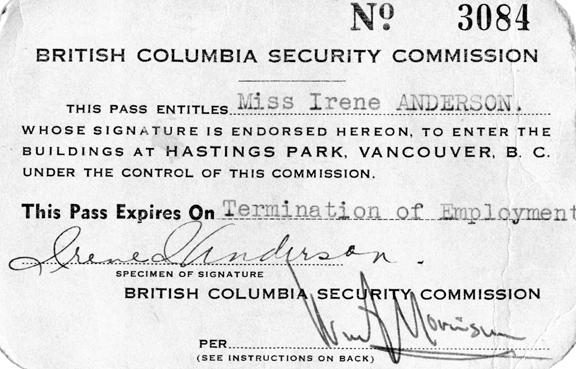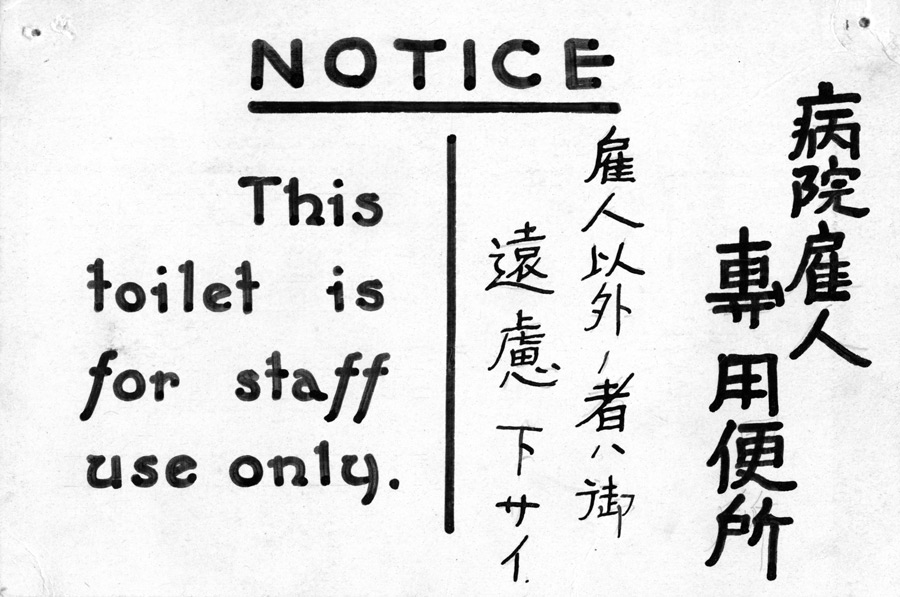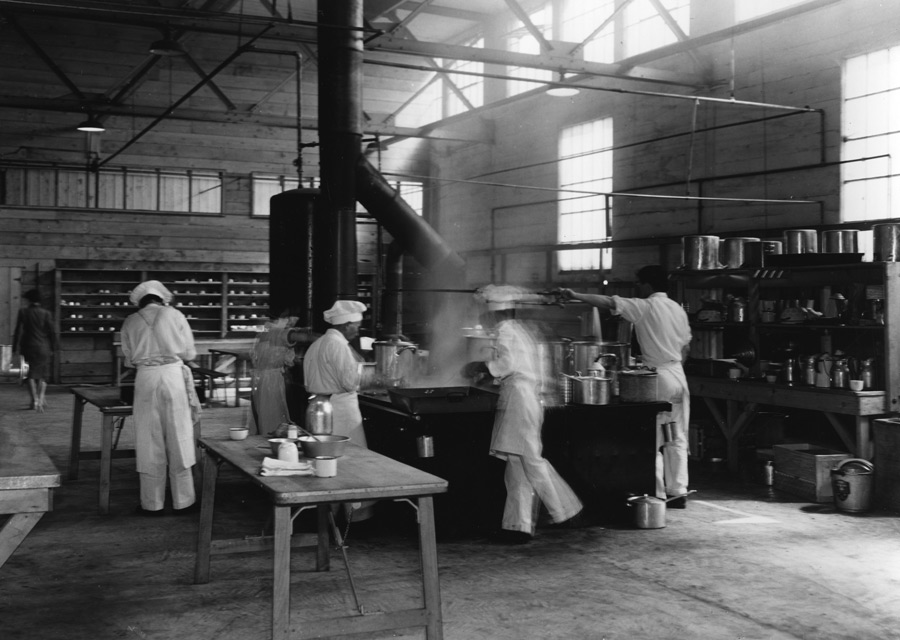BUILDING A - The HOSPITALS AT HASTINGS PARK
Thousands of Japanese Canadians were crowded together in dusty and harsh conditions at Hastings Park. Measles, mumps, chicken pox, and other communicable diseases travelled quickly through the buildings.
Caring for the medical needs of the people was no easy task. Due to the crowding, mumps, Chicken Pox, and other communicable diseases travelled quickly through the Park. A hospital wing was set up in the Livestock Building, in the former poultry barn. Using discarded equipment and furniture from Shaughnessy Hospital, a 180 bed general hospital was created and a smaller 60 bed hospital was set up for TB patients. Internees were referred to the hospital from Sick Parade, a daily health service for residents of Hastings Park.
Ann Sunahara describes: “On March 18 public health nurse Trenna Hunter, working under BCSC medical advisor Dr. Lyall Hodgins, began 12 to set up badly needed health facilities, including a laundry, a kitchen for the preparation of infants’ formulas, and a rudimentary hospital. The last task had to be done twice. No sooner had Hunter set up one 60-bed hospital, using discarded equipment from Vancouver’s Shaughnessy Hospital, and then she lost it to the Director of Vancouver’s Tuberculosis Hospital. Anxious to free beds for use by Caucasian patients, the Director of the T.B. hospital shipped his Japanese patients to dusty Hastings Park at the first opportunity. Eventually Hunter created a second hospital, this one with 180 beds, staffed by Japanese Canadians and with wards for communicable childhood diseases, new mothers, and male and female patients.”
Acutely ill patients, those requiring special therapies or surgical treatment were transferred to Vancouver General Hospital, then were sent back to Hastings Park for recuperative care. Pregnant women
Hospital Staff
Under the supervision of Dr. Lyall Hodgins, the hospital was staffed with Japanese Canadian doctors and RNs from Vancouver, who were paid far less. Nursing staff included public health nurses under Miss Trenna Hunter and the hospital unit staff of qualified registered nurses supplemented by Japanese RNs and Aides who were trained to assist with patient care. Miss Irene Anderson oversaw the care in the wards for patients with tuberculosis and the medical wards. Infants and young children were taken care of in a crib area adjacent to the nursing office. Mrs. M. Fieman was Head Nurse of the TB section and Miss E. Lipsey was Head Nurse of the Medical Units. An example of restrictions that affected staff were that Japanese RNs were paid on the scale for internees rather than the other RNs. Likewise, Japanese doctors visited and ordered medications for their patients but prescriptions and treatments had to be approved by salaried medical staff. Japanese Canadian doctors included Dr. Shimotakahara, Dr. Uchida, and Dr. Shimokura. READ MORE
When I got the mumps, I was secluded for ten days in an underground storage room that was dark and gloomy. There were lots of smaller kids there, and I had to babysit and comfort them, even though I was sick too. - Mary Ohara
Building A -The Art Deco entrance to the Hospital Wing in the Livestock Building.
Building A – Hospital Ward.
The hospital wards were set up for basic services and TB. Acutely ill patients and those requiring surgery were transferred to Vancouver General Hospital.
Baby Kodama was one of the patients who stayed in Hastings Park through the winter.
Through the summer months, TB patients were encouraged to go outside for fresh air.
Nursing supervisor Irene Anderson (RN) worked with Japanese Canadian RNs and nurse aides. The hospital was staffed with Japanese Canadian doctors working in Vancouver, such as Dr. Shimotakahara, Dr. Uchida and Dr. Shimokura.
Two unidentified men in Dr. Hodgins' Office. Dr. Lyall Hodgins was the medical advisor to the BC Security Commission. He supervised the setup of the health facilities, working with public health nurse Trenna Hunter.
Haruno Tokawa passed away from TB on December 8, 1942. There is no accurate list of the number of people who died while incarcerated in Hastings Park.
November 27th, 1942: Letter from nurse at Hastings Park Tuberculosis Hospital to Rev. Ono, asking Ono to appeal to the internees to send letters of support and cheer to patients in the Hastings Park Tuberculosis Hospital
By the end of fall 1942, all the rest of Hastings Park was emptied out. Only the TB patients and staff waiting for the Sanatorium in New Denver to be built and completed, were left. We survived the winter months with 2 small furnaces. On March 31st, 1943, the medical staff and patients boarded the train to New Denver. – Jean Kitagawa

